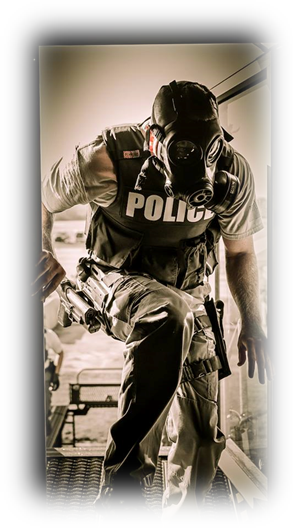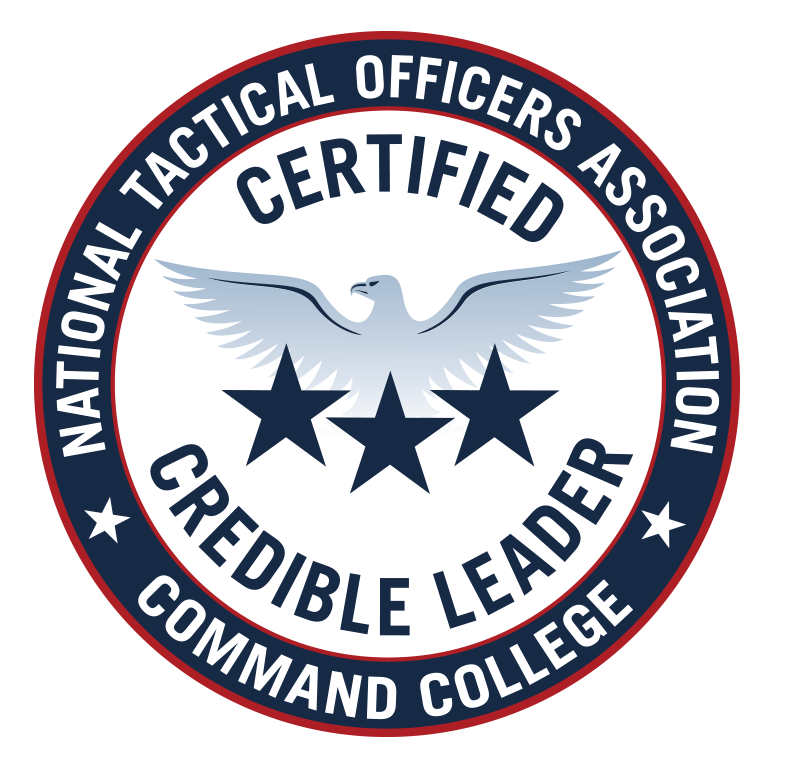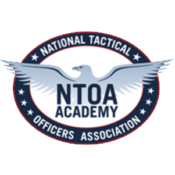At the end of Strategic Leadership, students will be able to achieve the following objectives in accordance with the information received in class:
- Understand self-management skills for personal development.
- Have the ability to build strength and maintain a grounded state of resilience even in a high-stress situation.
- Develop a command presence based on a deep inner sense of calm and stability.
- Understand your own natural style of communicating with others
- To understand and apply the four Facilitative Conditions: Genuineness, Empathy, Respect and Specificity.
- Understand the difference between Coaching, Counseling and Mentoring.
- Understand the importance of accessing the development and functioning levels of others.
- Become more capable of creating high-performance and high-morale teams.
- Understand how Versatility Skills help you to develop your own style and become more responsive to the unique and changing characteristics of individuals, teams and organizations.
- Developing a protocol to follow after officer involved shootings to ensure command responsibilities are addressed.
- Showing an understanding and proper application of problem-solving techniques and analytical thinking for operational and non-operational problems.
- Deconstructing team, squad, and individual skills to formulate a focused block of training and establishing automaticity and shared mental models within the team.
- Identifying and distinguishing between basic aspects of several modern leadership theories and models and applying them to foster effective leadership, ethical decision-making, and motivation within the team.
- Utilizing a given framework to develop a working model to facilitate effective testimony to defend team actions and command decisions.
- Identifying critical mission areas and logistical concerns of a large operation and utilizing a given framework to staff the swat missions and address contingencies.
- Identifying various potential missions that would benefit from a multi-jurisdictional response, identifying regional assets to apply to the missions, creating SOP Response Framework, and joint training plans to achieve the mission objectives.
- Understanding the relationship between tactics and tempo, and utilizing analysis of the incident to shape your operational environment.
- Anderson, T., et. al. (2012). Every Officer is a Leader: Coaching Leadership, Learning and Performance in Justice, Public Safety, and Security Organizations. New York: Troford.
- Heal, C. (2012). Field Command. New York: Lantern.
- Morgan, J. D. (1998). The Thinker’s Toolkit: 14 Powerful Techniques for Problem Solving. New York: Random House.
- Leadership 360
- Emotional Intelligence 360
- Dr. Terry Anderson
- Commander Wayne DuBois
- Captain Kevan Dugan
- Commander Jeff Selleg
- Sergeant Luke Sherman
- Commander William (Bill) Young
Overview
Phase 3, Strategic Leadership, is centered on Competency & Mastery based on the “Transforming Leadership Theory” introduced by Dr. Terry Anderson in the book, “Every Officer is a Leader”. In Strategic Leadership students are introduced to five Clusters containing 60 skills designed to transform their leadership application. Mastering these skills will allow tactical commanders to enhance their abilities to self-manage, improve interpersonal communication, manage conflict, problem solve and build teams. Ultimately they will become effective change agents within their organizations and their tactical teams. Strategic Leadership includes one self-assessment, two reading assignments, two blended modules specifically developed for tactical team commanders: Field Command and Command 2 and concludes with a Capstone Research Project.


